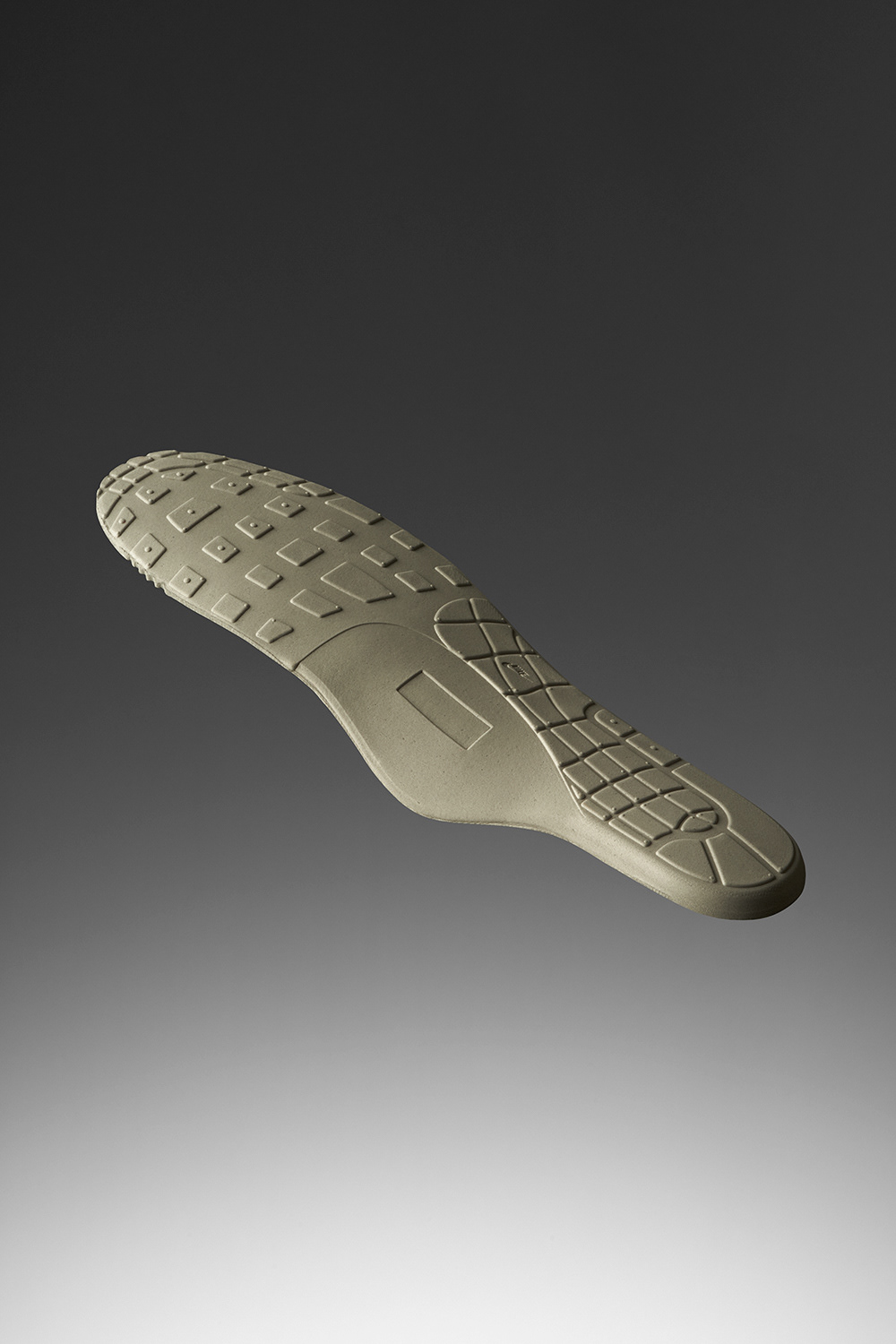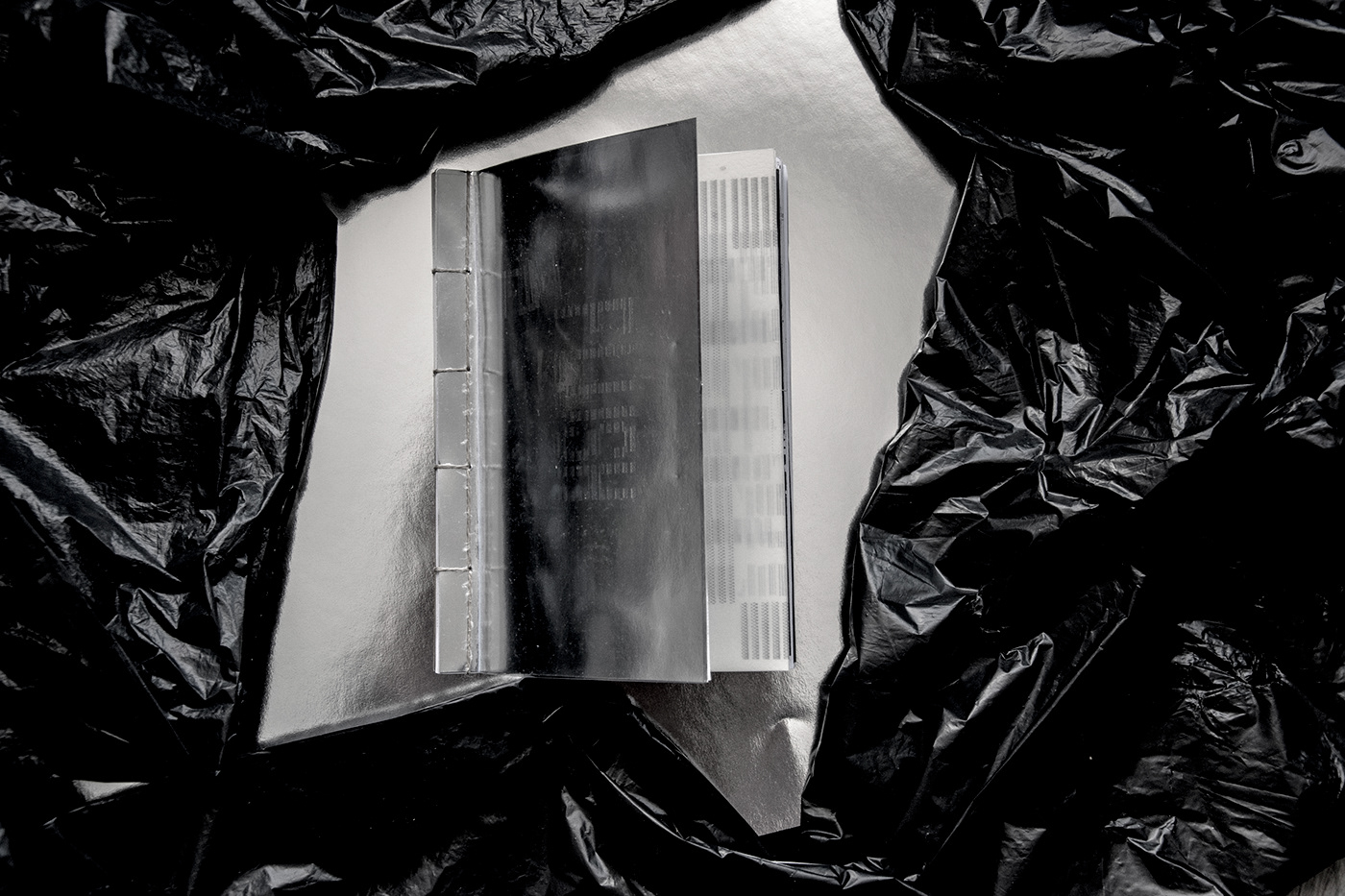
NEW BLOOD
In this project I reflect on how old or forgotten tools can be renewed when we update them.
I made an experimental publication using an OKI 321 Microline Plus Elite dot matrix printer. These printers were used mostly in the 70s-80s, and it was cost-effective so people valued them up to the 90s.
How it works?
Dot matrix printers create characters on paper by striking an inked ribbon with a hard surface. Typically, the print head contains 9 or 24 superimposed needles. The higher the number of needles, the better the print quality. I’ve tried a lot of things with this, for example I removed the inked ribbon and used a golden paper. The needles left marks on the surface, so that’s why a convex print was created. What is also interesting that dot matrix printers are noisier than inkjet or laser ones.
The project has a publication entitled FLUSH. This is an experimental publication that consists of prints created during the experiment. I used various materials to stretch the boundaries of the printer. Even without ink, a print is created, as the needles leave a mark on the surface. I emphasize that things that have been used for a long time and are well-known also leave a mark in some form.
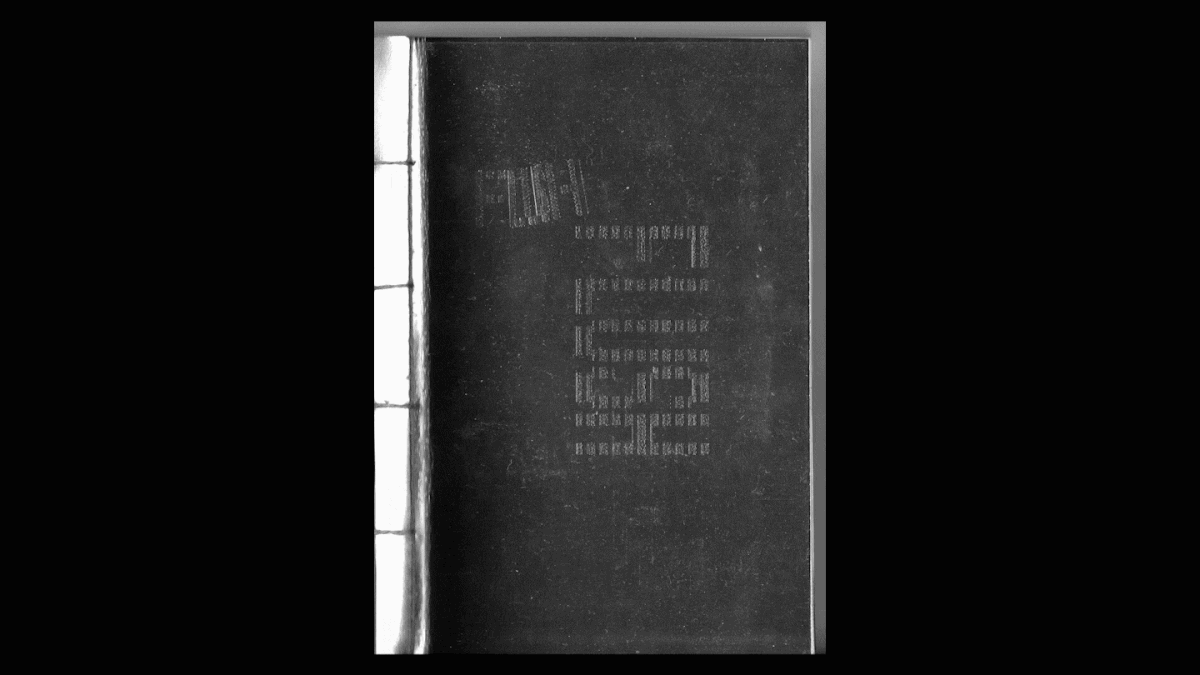

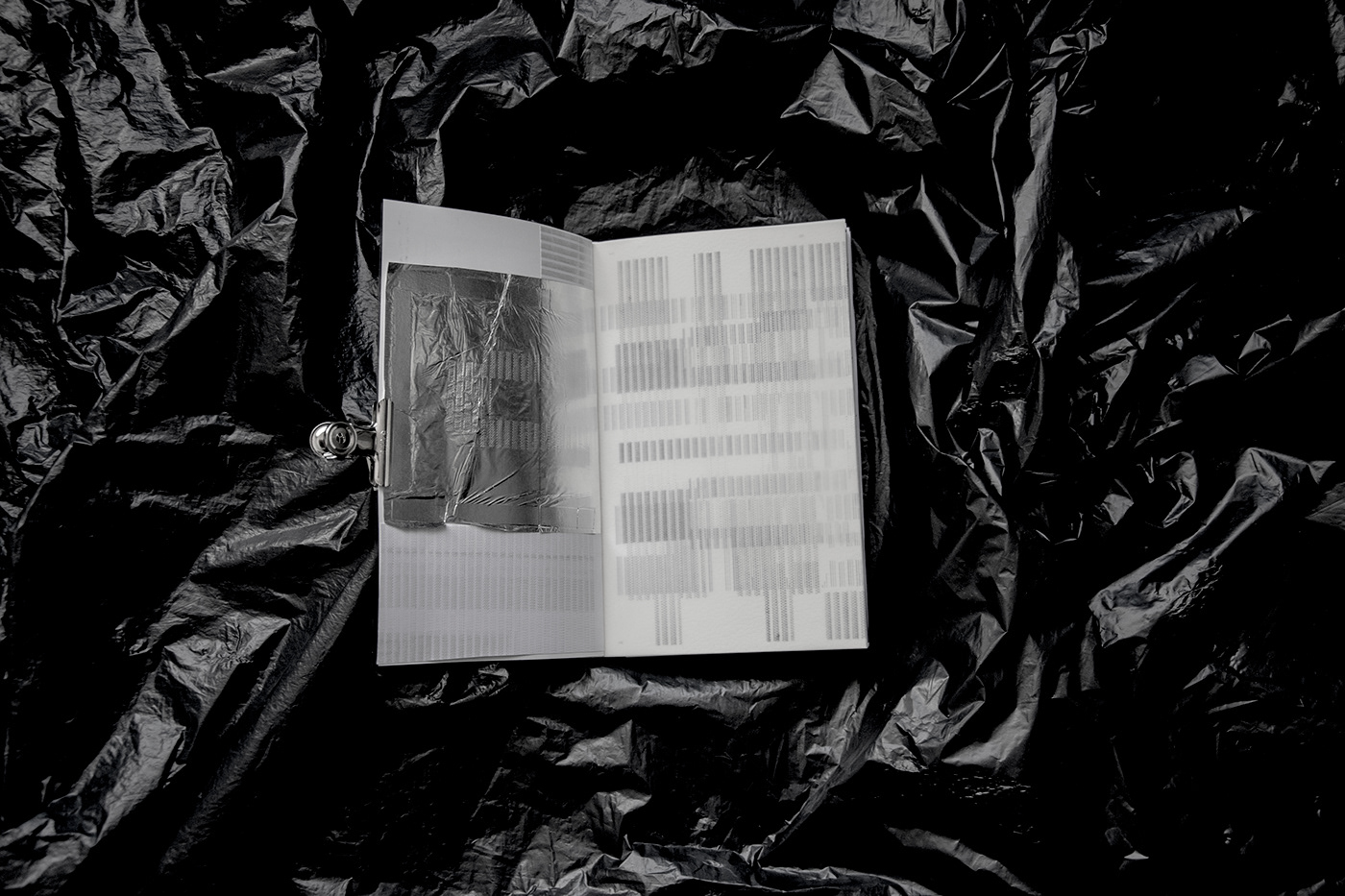
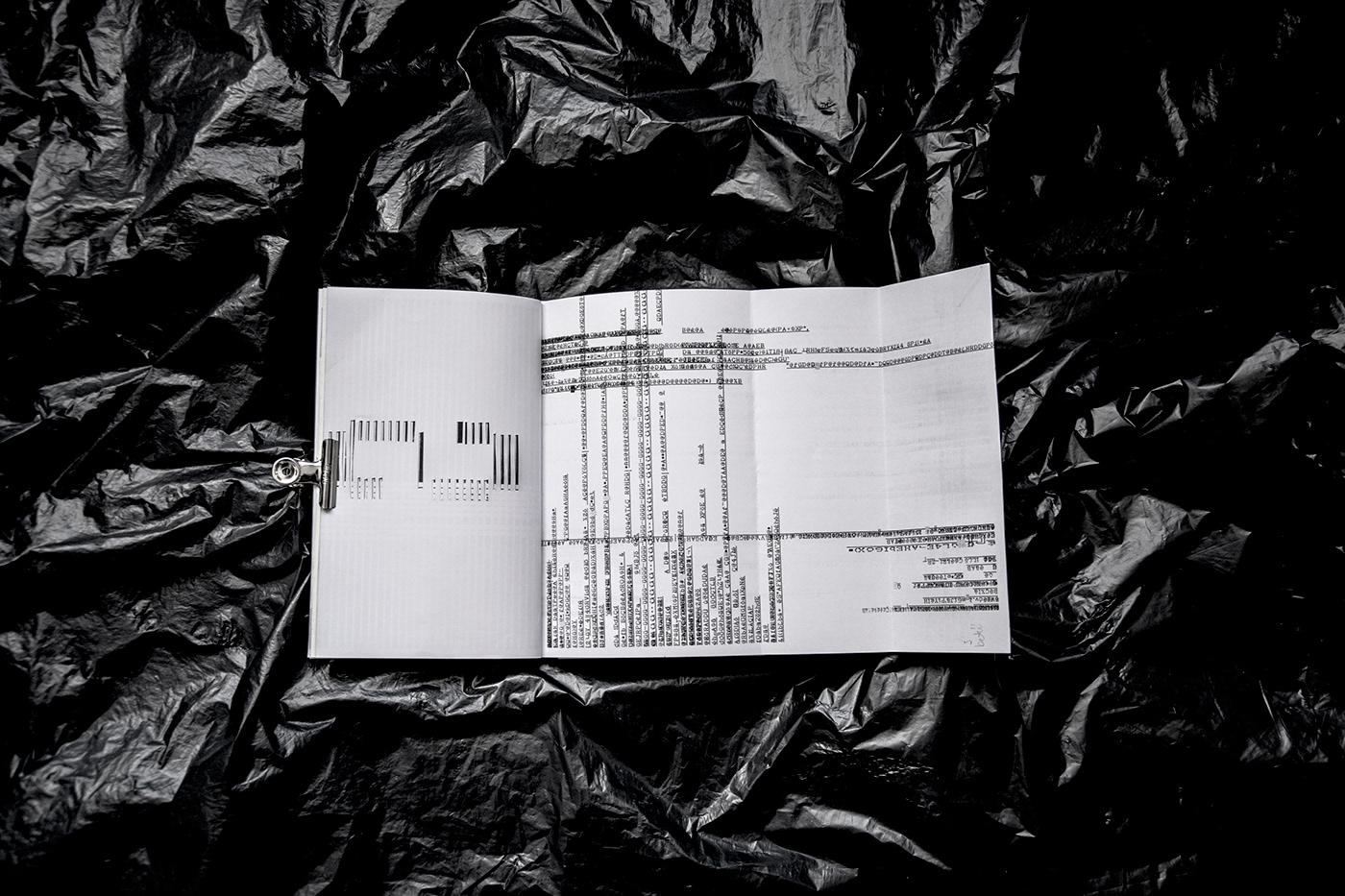
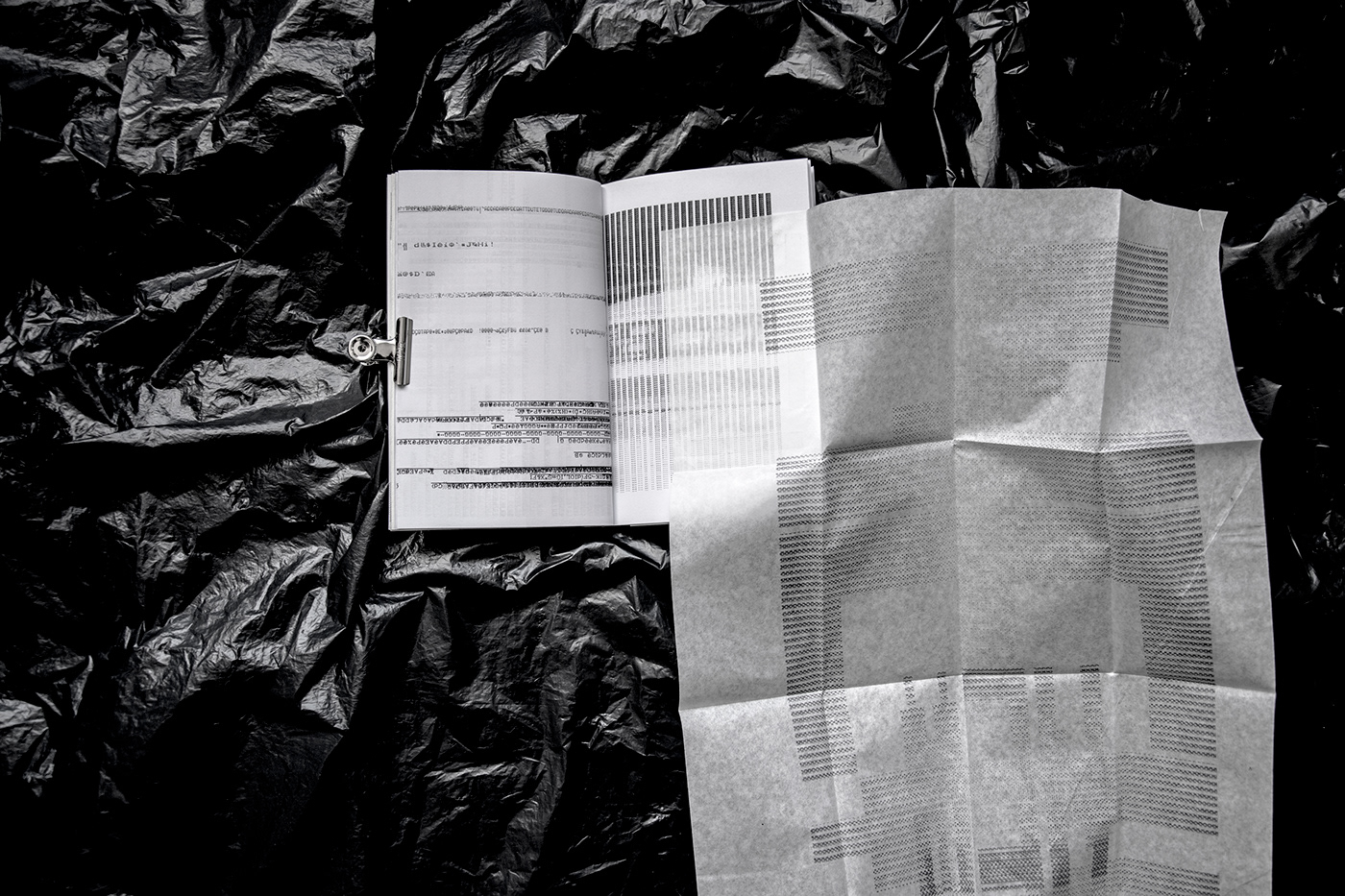


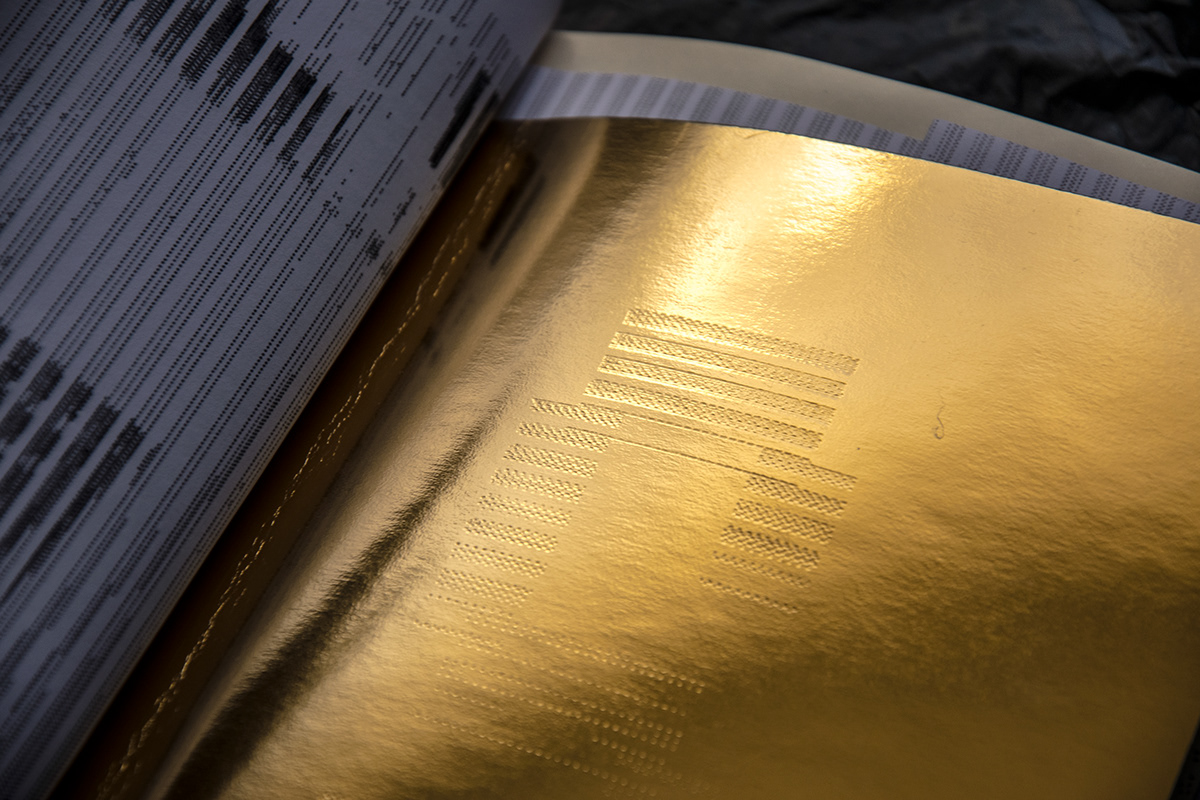
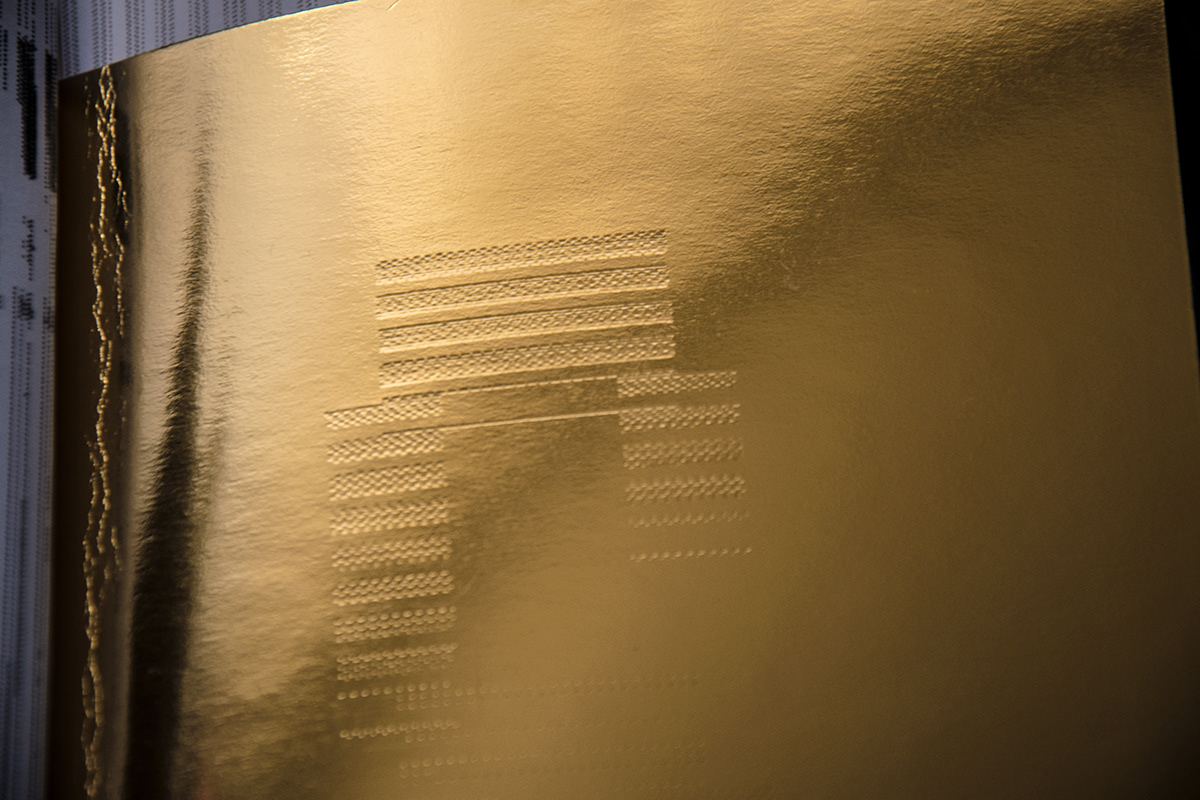
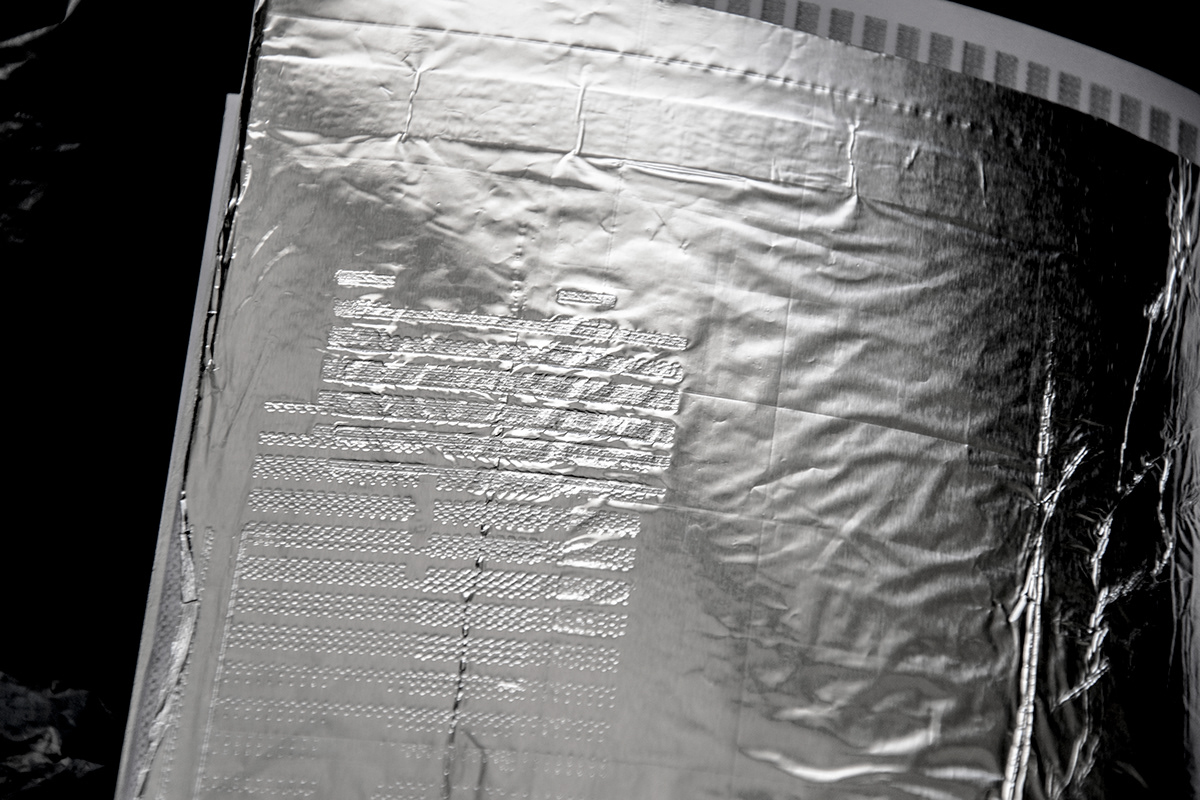

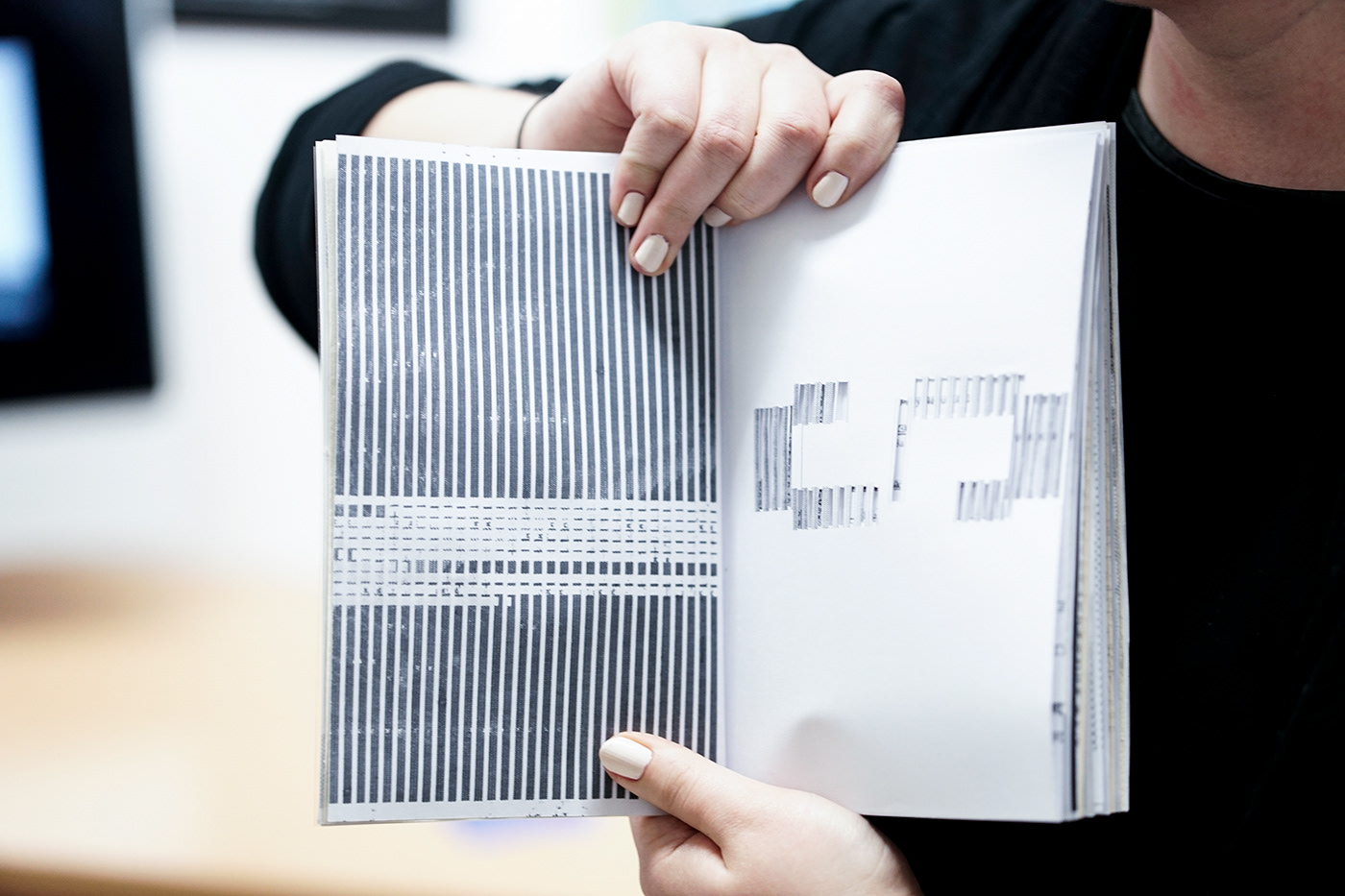
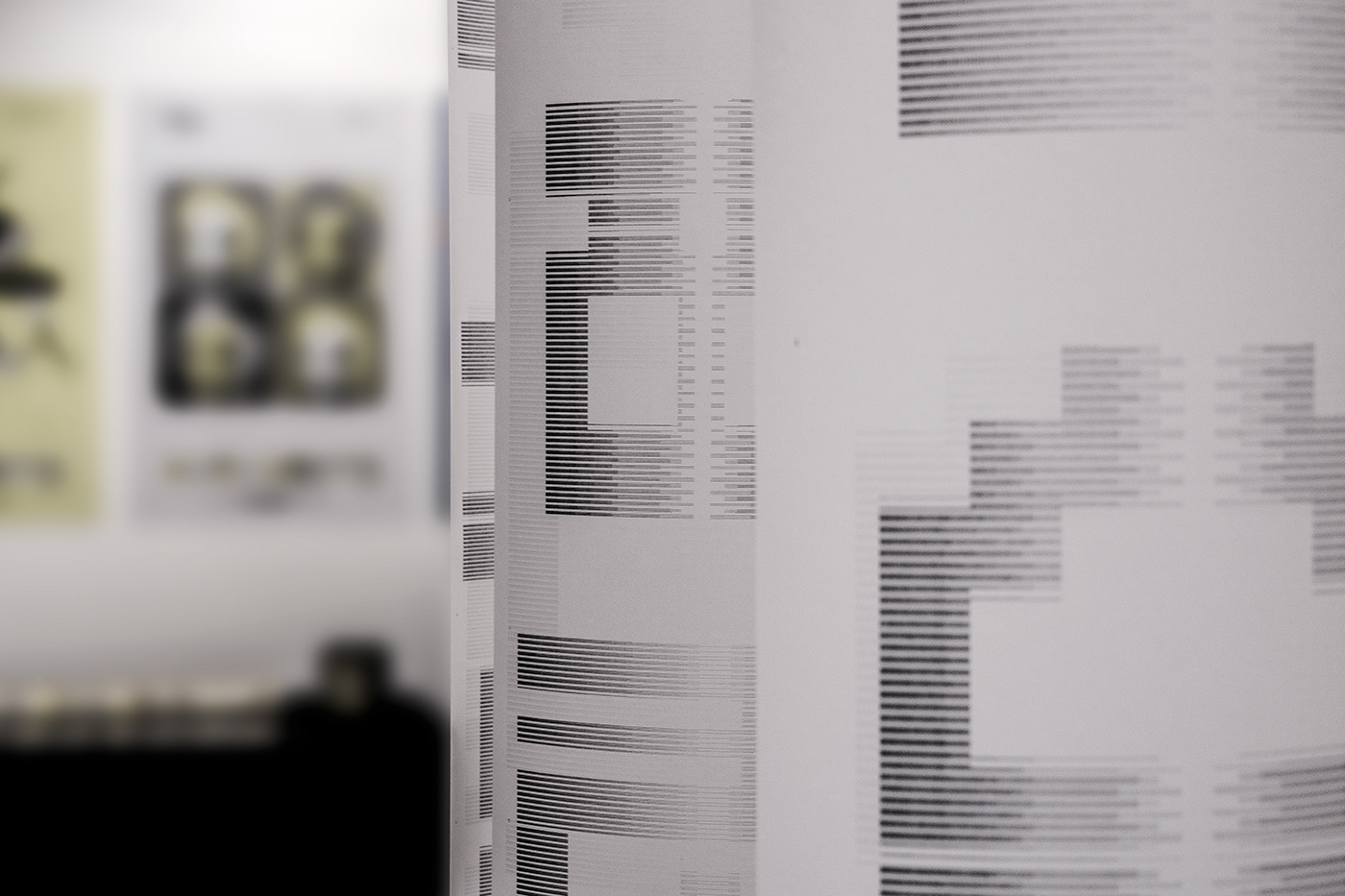

Média és Design Tanszék, Vizuális Művészeti Intézet, Eger.
Made at the Media and Design Department, Visual Arts Institute, Eger, Hungary.
Consultant: Süli-Zakar Szabolcs DLA
Photos: Szigeti G Csongor, Katona Barbara
2019

Thanks for watching!
